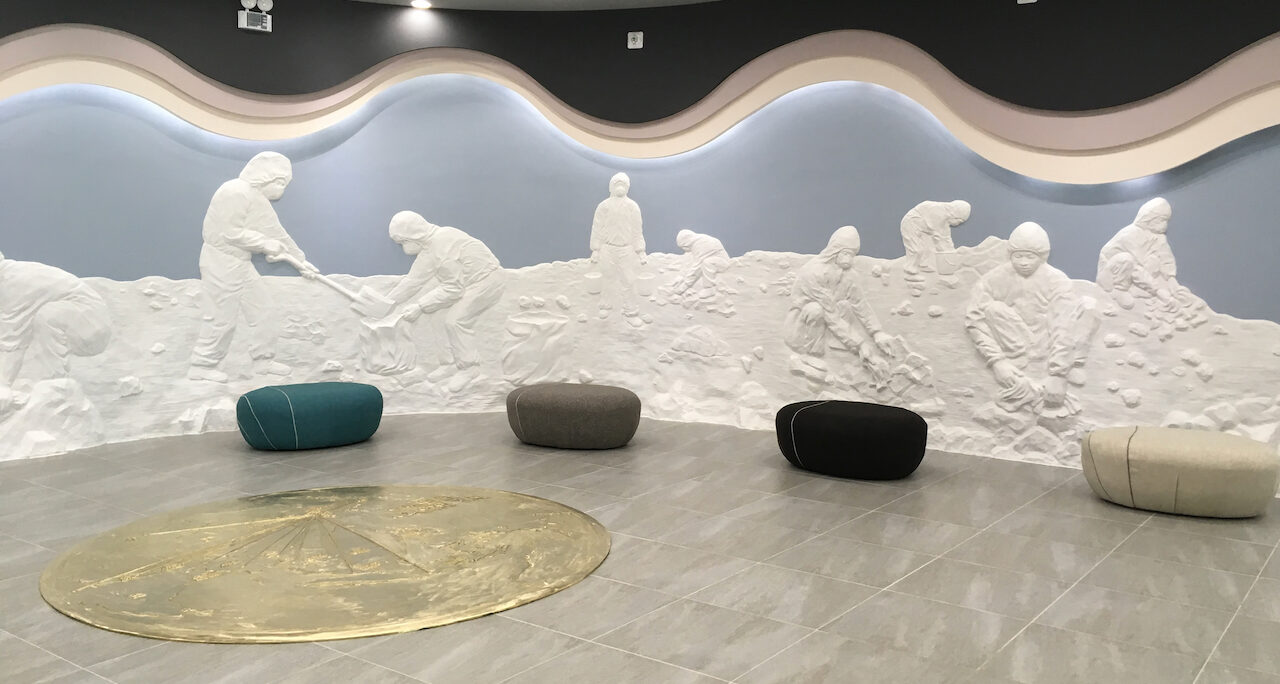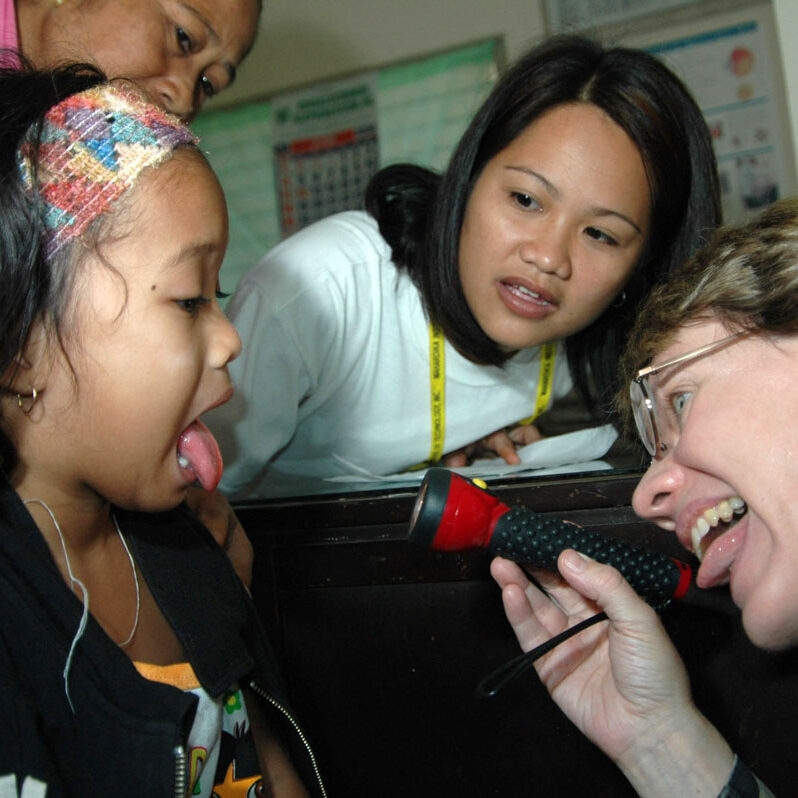Have You Been Exposed?
Take a Free Health Assessment Test
The Quick Environmental Exposure and Sensitivity Inventory (QEESI), is a validated tool used by clinicians and researchers all around the world.
Your body knows if it has been exposed, whether from chemicals released during a disaster or from a steady drip of daily exposures. Documenting your exposure history with QEESI can help your doctor determine how to treat the underlying body systems to reduce the symptoms and long-term harm. As part of your medical records, QEESI can show you and your doctor if the treatments or home practices (living moving back after a disaster) are working. Non-invasive, immediate tangible results, and it's free.
More Resources
Can my doctor tell the difference between a true allergy and a chemical, food, or drug intolerance?
Ask, but probably not. The medical understanding of how our cells respond to ANY level of toxic chemical is relatively new.
About thirty percent of U.S. adults are chemical intolerant and most are unaware of why they are sick. There are still no reliable lab tests for chemical intolerances. However, chemical intolerances can be identified through a careful exposure history and self-assessment. Since this is new to most doctors, you must be your own advocate!
What chemical exposures are most likely to precede onset of chemical intolerances?
Chemicals derived from fossil fuels (coal, oil, and natural gas), their combustion products, and/or synthetic organic chemicals are one category of chemicals that initiate chemical intolerances. Examples include pesticides, vehicle exhaust, cleaning products and paints with solvents (as opposed to water-based products), pharmaceutical drugs, indoor air contaminants from fragrances, new furniture, or remodeling projects. Another category is biological toxicants often due to particles and vapors from toxic molds or algae.
What can I do to make my home safer for myself and family?
Use common sense. Avoid exposure to substances that may be causing the intolerances. This is especially important for couples planning to have a baby and for kids in early childhood.
Hebei Spirit Oil Spill Memorial Museum in Taean, South Korea, was dedicated to volunteer cleanup workers in 2017.
ALERT dedicates this page to volunteer and other emergency responders everywhere.

Free Toxic Trespass Training Toolkit
Learn How to Identify and Prevent Chemical Illness

